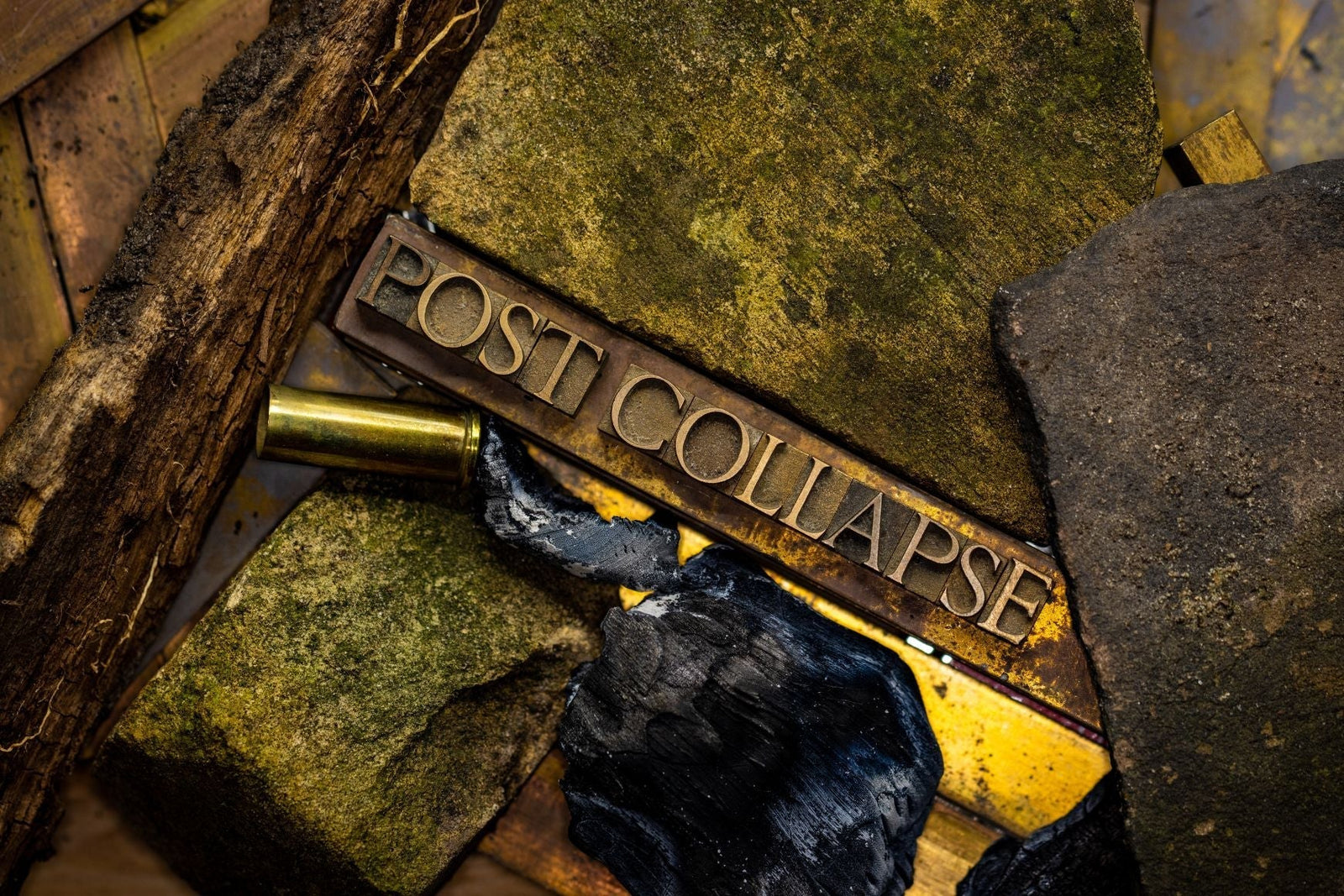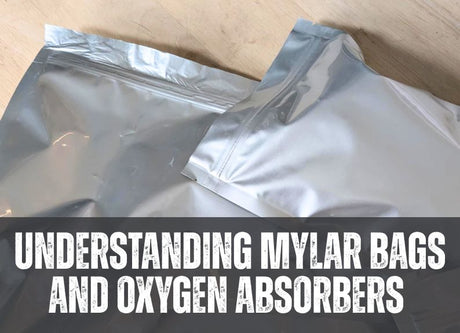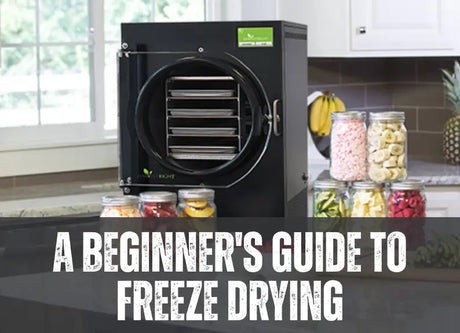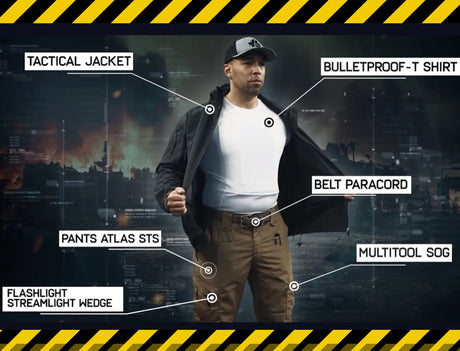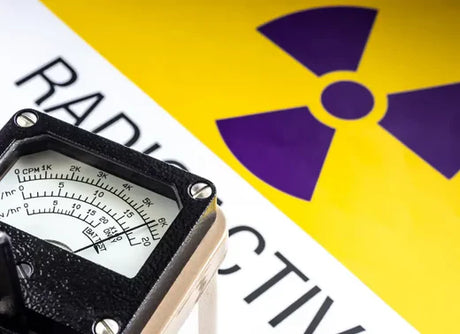These days, you don't have to look far to find a reason to be prepared. Whether you’re starting to stockpile supplies, preparing to bug out, or are a family starting your emergency safety plan, being prepared is a critical necessity. One of the best ways to prepare yourself and your family is to have multiple, well-stocked medical kits ready at a moment's notice. The ability to administer first aid is an essential skill, and having the supplies to do it right can be the difference between life and death. Learning first aid is a good skill that everyone should learn now, but when the framework of society crumbles, you will be on your own to treat minor and even major injuries. This blog breaks down what you need in your kits, why you need them, and key skills for every survival setting.
In this blog:
- Why you should learn first aid.
- The key risks for injury in post-collapse survival.
- What you need in your survival medical kit & why.
- 6 things you can do to increase your post-collapse survival.
-
Life-saving gear for preppers.
3 critical reasons why you should learn first aid.

Even a rudimentary knowledge of first aid training is better than none. Still, with an abundance of courses available, both official and self-taught, there’s no excuse for having no knowledge. Learning how to treat a variety of emergencies in a cool-headed manner is a key skill when navigating medical emergencies in disasters and the wilderness.
-
Immediate care can prevent death or long term injury
Without immediate care, many injured people’s outlook is far worse. You can prevent long-term disability or death by knowing how to respond appropriately and as fast as possible.
-
There might not be medical care available
If you’re in the bush or a post-grid-down scenario, there might not be medical care for a long time or at all. Prevent sepsis, bleeding out, and permanent damage by learning how to sterilize equipment, clean and dress wounds, properly care for breaks and sprains, and how to manage a fever or illness. Many of the perils we consider no-big-deal are a huge deal without being 10 minutes from the hospital.
-
You can learn to stay calm
Panic is the real killer in survival settings. Learning to stay calm in extreme circumstances is an invaluable asset both to yourself and those around you. Stay present in any situation by being confident in your ability to handle any situation.
The key risks for harm in post-collapse survival.
It goes without saying that a lawless society is more dangerous. Several key factors make it much more so. When building knowledge for the collapse of society, it is key to prioritize these key risks and learn to treat them.
-
Infection
Infections are the leading cause of death in survival settings. Where antibiotic production grinds to a halt and medical care is nowhere in sight, preventing infection should be one of your main priorities. Ensure you have clean drinking water, properly cooked food, and stockpile a good amount of soap (or learn to make your own soap from fat and quicklime and soda). You can also brew ethanol from fruit or grains if you’re able to distill, which we talk about in our blog, A Prepper’s Guide to Making Any Alcohol, Anywhere.
The number one source of infection is from contaminated water, in a survival scenario, it is critical to find or make clean drinking water as well as purified water for treating wounds. Our comprehensive guide to clean water during an apocalypse is your first stop for learning about water-borne pathogens and bacteria that can kill.
-
Animal bites
As animals come into now up-ended urban areas, they are likely to be hungry and more aggressive. In addition, many pets will have become feral through displacement. To treat an animal bite, you will need to clean and sterilize the wound immediately, apply light pressure to stop the bleeding, wash with soap and clean water for 15 minutes, apply clean gauze and a solution of vinegar, salt, and water to sterilize if no other options are available. It is key that you know the potential poisonous animals in your area so that you’re able to monitor your surroundings for them and treat a bite if necessary. In North America, bites can come from spiders and other arachnids, snakes, mammals, as well as sea life if you live near the ocean. Always exercise caution.
Animals who have rabies can only be confirmed through an autopsy; however, all mammals with rabies can have signs of infection such as aggression, excessive drooling, staggering, fearfulness, paralysis, and seizures.
-
Broken bones & fractures

Carrying heavy loads in unfamiliar terrain, animal attacks, falling buildings or debris––there are multiple risk factors for broken bones in a survival scenario. To treat a broken bone, you must first stop any bleeding by applying pressure to the wound with a clean cloth, gauze, or bandage. In first aid training, you will learn to create an appropriate splint, and you must do it well as it can do more harm than good otherwise. Keep the limp immobile and elevated to prevent excessive swelling. Apply an ice pack to reduce swelling. Treat the injured person for shock if necessary.
10 items you need in your survival medical kit & why.
Your first aid kit needs to be built for survival. You can stockpile several items, including medication, so that in a grid-down setting, you’re not trying to find a pharmacy but are well on your way to your bug-out location or fortifying your home. Unprepared people will be scrambling to acquire supplies and will be incredibly hostile and dangerous. By being ready, you can avoid unnecessary danger.

-
Over-the-counter & Prescription medications
While expiration dates are mandatory, most medications (excluding insulin, liquid antibiotics, and nitroglycerin) retain effectiveness for up to 15 years after this date. Some medications can lose their potency over time, but some efficacy is better than none in desperate survival situations. Tylenol, aspirin and other NSAIDs, and some prescription medications are safe as long as they have been stored in a cool, dry environment. Gel antiseptic ointments are likely okay up to a year past their expiry date, so it’s best to stock something more appropriate, like rubbing alcohol or peroxide (which can last several years when unopened).
-
Gauze
Applying pressure to your wound using gauze will help stop the bleeding. This material is essential for keeping a wound clean and preventing a deadly infection.
-
Bandages, Tape, & Plasters
Have a variety of sizes, styles, and materials. Ensure you include specific bandages for eyes, difficult to bandage areas like the hands and feet, and bandages for outdoor activities (corns, blisters, and high rubbing areas like heels). Paper tape is less irritating for many, and non-latex bandages will help prevent an allergic reaction. Plasters are important for larger wounds that need to be kept sterile while they heal.
-
Gloves

Nitrile gloves will prevent infections as well as the spread of any contact-driven viruses, bacteria, or infections. Avoid latex gloves which can trigger a severe allergy in many.
-
Flashlight

Seeing is a necessity when dealing with power outages and injuries. A headlamp, extra batteries, and crank-powered flashlights are all necessary additions to your emergency kit. In addition, add an emergency light to signal your location to those who can help. We suggest the Imalent MS03 as it's small, ultra-bright and usb rechargeable.
-
Tourniquet
In an emergency, having a tourniquet is essential. A proper tourniquet is essential to carry, as an improvised one can often be worse than using none at all. This device applies pressure to decrease the flow of blood to an area, which can help encourage clotting and decrease blood loss while you await medical intervention (if it is available). It is critical to learn how to properly use a tourniquet to prevent soft tissue damage or further injury.
-
Scissors, tweezers, safety pins, & nail clippers
These tools are useful across various applications, from removing stingers, cutting gauze and bandages, and more. Having a variety of styles and sizes of tools is the best way to be ready for anything.
-
Antiseptics
While many antiseptics have a limited shelf life, you can make a reasonable antiseptic solution from salt, vinegar, and water (so long as the water is clean). You should already have iodized salt stockpiled, but adding vinegar is a smart way to be prepared.
-
Antihistamines & Epinephrine
If you or your family have allergies, especially severe ones, a continuous supply of allergy medication will be necessary. However, if someone is anaphylactic, the best thing to do in societal collapse is to actively avoid the allergy at all costs. If they’re allergic to bees and wasps, ensure you carry spray to kill any on contact. Over-the-counter antihistamine tablets are typically useful for long after they expire; while they may lose efficacy, they have been found to be effective more than a decade after expiry when stored in cool, dry conditions. Liquid medications deteriorate at a significantly greater rate and are not very effective after their expiration.
-
Instant hot & cold packs
These packs use chemical reactions of salt and water to create endothermic or exothermic reactions to instantly produce either hot or cold. They can help with healing, pain, and can also be used to help keep you warm when you need it most. Cold packs typically become ineffective after 2 years, and hot packs after 5 years, so be sure to rotate your supply.
5 things you can do to increase your post-collapse survival.
-
Exercise and fitness

Building your strength and endurance can prevent injury from overuse and ensures you are able to run and move quickly over long distances if necessary. We can’t stress the need for building your endurance and strength enough; the best time to start incorporating more fitness into your life was yesterday. If you want to learn more about exercise and strength training, we went in-depth in our guide to prepper fitness.
-
Learn CPR & first aid
There are a number of classes you can take to learn these skills. They can save your life and the lives of others. Immediate care is often the difference between life and death. For example, it only takes about 3 minutes for someone to bleed out of an artery––learning how to stop bleeding is a critical survival skill.
-
Start learning traditional knowledge
Incorporating knowledge about medicinal plants growing in your region can supplement your supplies in a post-collapse or wilderness emergency. There are many ways you can learn how to care for an injury that can help you conserve supplies and survive long-term. If you find yourself on a hiking trip in the bush and in an emergency, this knowledge can also help you survive longer than your supplies may last. From St. John’s Wort to simple peppermint, these all have extreme value.
-
Build your prepper library

Having books on hand with detailed information on first aid is a critical part of your preparedness planning. Some information can be difficult to remember, especially in a panic.
-
Learn how to treat shock
Shock can debilitate a person, whether the injury is minor or severe. Learning how to navigate this condition and bring people around can be delicate. Elevate the feet if there are no suspected broken bones, keep the person warm using blankets or jackets, remove any tight or constricting clothing, and talk calmly.
Being prepared for an emergency is the first step in your survival.
Save your family and yourself by gaining knowledge that can keep you alive. In a grid-down apocalypse scenario, your only hope is the work you put in ahead of time. You can thrive in any environment by learning homestead and bushcraft survival techniques, such as first aid.

